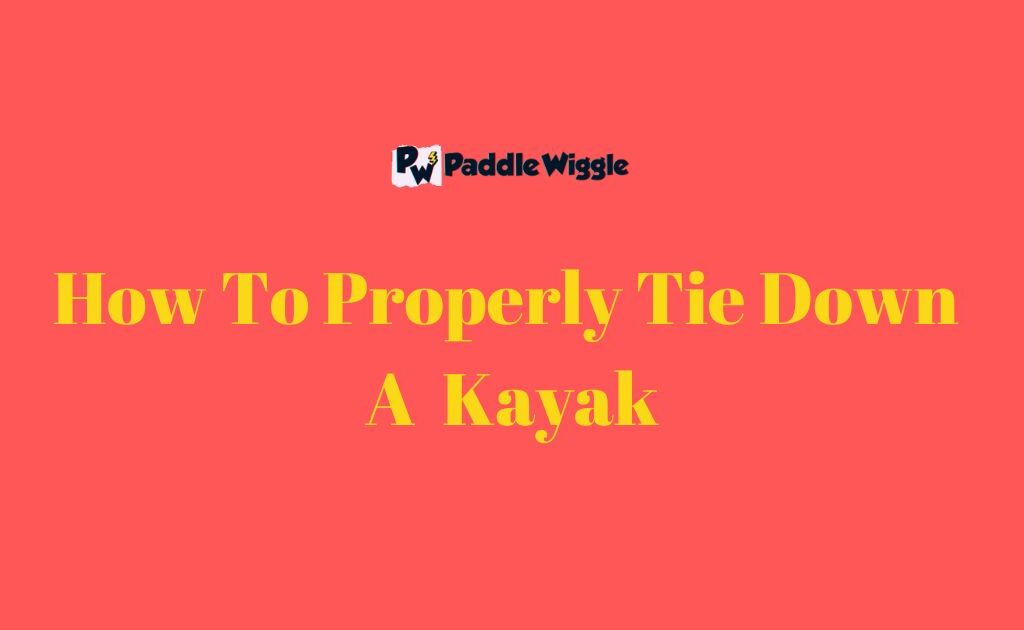Kayaking, a water sport that involves propelling oneself through various bodies of water, is a sought-after activity that is enjoyed by many. But does kayaking burn calories? This question sparks the interest of fitness fanatics and adventure seekers alike. The answer is a big YES, it does burn calories.
On average, kayaking can burn 400-500 calories per hour, a commendable feat for shedding stubborn extra calories.
But kayaking is more than just a refreshing pastime that provides natural splendor. It has health benefits that enhance cardiovascular fitness, fortify upper body muscles, and bolster endurance. Its gentle, low-impact nature also makes it an ideal exercise option for those with joint issues or mobility constraints.
Contents
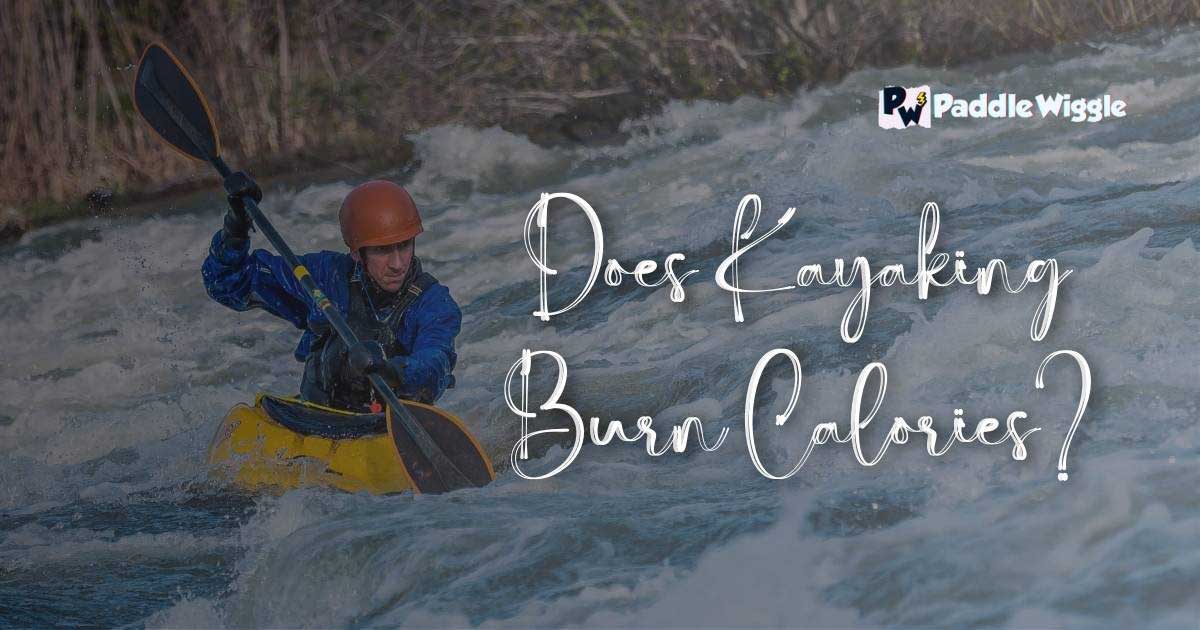

Burning Calories During Kayaking
Many people enjoy kayaking due to the full-body workout it offers. For adventure seekers and fitness enthusiasts, this makes it a popular choice. As well as being an exciting activity, kayaking offers many health benefits, such as burning calories.
Kayaking engages many muscles in the body, including the arms, shoulders, back, and core. Due to the resistance of water, kayaking is an excellent exercise choice thanks to its physical exertion and endurance. However, several factors influence kayaking calories burned.
Our goal in this article is to explore the details of calorie burn, including the factors that affect it. Moreover, we will discuss how to maximize burning calories during kayaking. So let’s dive in!
Research on Calorie Burn During Kayaking
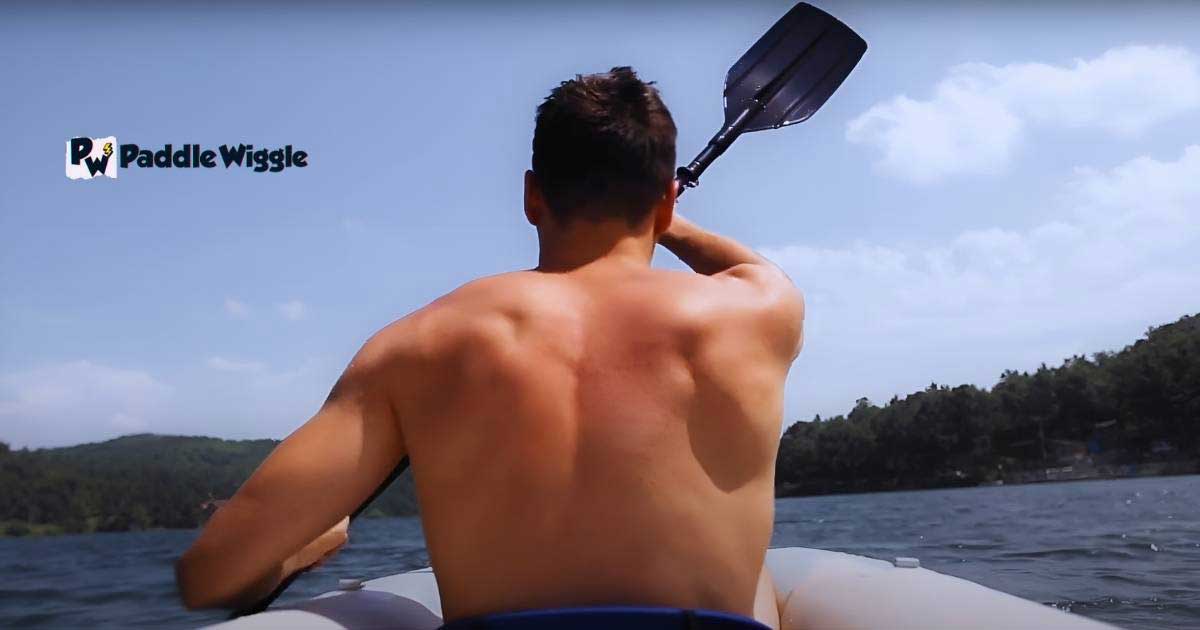

Besides being a fun and exciting water sport, kayaking burns calories and improves fitness. When you paddle, you engage many muscles in your body, including your arms, shoulders, back, and core. So it’s a challenging workout. Several factors determine how many calories you burn on a kayak. These factors typically include your body weight, your paddling intensity, and the type of kayak.
Research by the American Council on Exercise (ACE) says kayaking burns 300 to 500 calories an hour. In the end, the actual number of calories burned during kayaking depends on those factors.
Comparison of calories burned during kayaking versus other forms of exercise
While kayaking can be an effective way to burn calories and lose weight, it’s important to note that the exact number of calories burned will depend on several factors.
However, kayaking can be compared to other forms of exercise in terms of calorie burn.
| Exercise | Calories Burned Per Hour (based on 150 lb person) | Muscle Groups Used | Impact on Joints |
|---|---|---|---|
| Kayaking | 340-450 calories | Full body | Low impact |
| Running | 550-680 calories | Lower body | High impact |
| Cycling | 410-520 calories | Lower body | Low impact |
| Swimming | 400-500 calories | Full body | Low impact |
| HIIT | 600-800 calories | Full body | High impact |
On average, however, a person can expect to burn between 400 and 500 calories per hour of kayaking.
When swimming vigorously, a 150-lb person burns around 680 calories per hour. Running at a 10-minute mile pace burns around 680 calories each hour.
In a cycle, a person weighing 150 pounds will burn about 570-850 calories per hour, depending on their intensity.
Even though kayaking does not burn as many calories as swimming or running, it is still an excellent option for burning calories and weight loss. This low-impact activity is easier on the joints than running or high-impact aerobics.
It’s also a great way to explore nature and increase motivation and adherence to a fitness routine.
How Many Calories Do Different Types Of Kayaking Burn Per Hour?
There’s no doubt that kayaking is an effective way to burn calories and enhance your fitness. Depending on your weight, workout intensity, and kayaking style, you can burn different amounts of calories.
On average, an individual weighing 155 pounds can burn around 283 calories per hour of moderate kayaking. As a result, the calories burned can vary depending on the type of kayaking activity you are performing.
Below are a few examples of calorie burn during different types of kayaking activities;
How Many Calories Do Recreational Kayaking Burn?
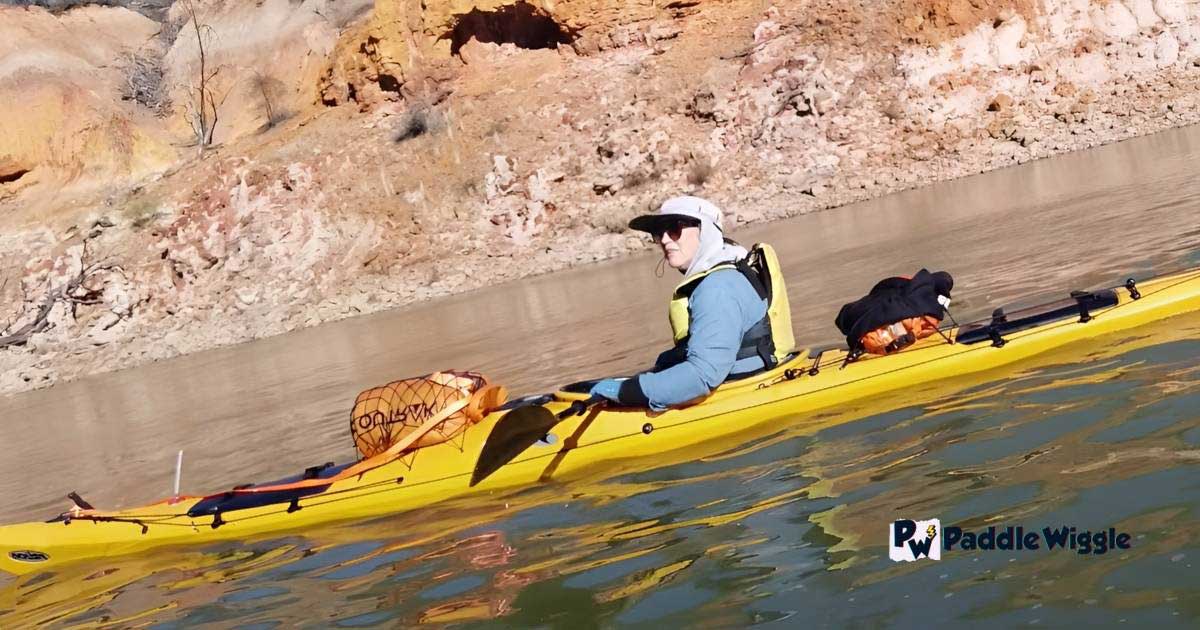

Most recreational kayaking takes place on calm waters, such as lakes or slow-moving rivers.
We recently published research where we found; if you weigh 125 lbs., kayaking burns around 300 calories per hour. And if you weigh 155 pounds, kayaking can burn 372 calories per hour.
How Many Calories Do Sea Kayaking Burn?
Sea kayaking, in contrast, is a more moderate activity that can burn approximately 350-400 calories per hour. Paddling in calmer waters and sustaining a consistent pace for an extended period of time is a characteristic of sea kayaking.
And It’s comparatively more challenging than recreational kayaking.
Burning Calories By Whitewater Kayaking


Whitewater kayaking is a high-intensity activity that involves navigating through rapids and fast-moving water. And an hour of kayaking on the whitewater can burn up to 600 calories per hour. But it depends mostly on the intensity of the rapids and your weight. The exertion of navigating through rapids and other challenging waters requires a lot of energy and physical exertion.
Burning Calories During Kayak Fishing
Another form of kayaking that can help you burn calories is kayak fishing. While it may not be as demanding as whitewater kayaking, fishing kayaking necessitates maintaining a steady pace and continuously casting and reeling in your fishing line. This type of kayaking can burn around 300-400 calories per hour.
Factors that Influence Calorie Burn During Kayaking
Several factors can influence the number of calories you burn during kayaking. Understanding these factors can help you maximize your calorie burn during your kayaking sessions.
Your Body Weight
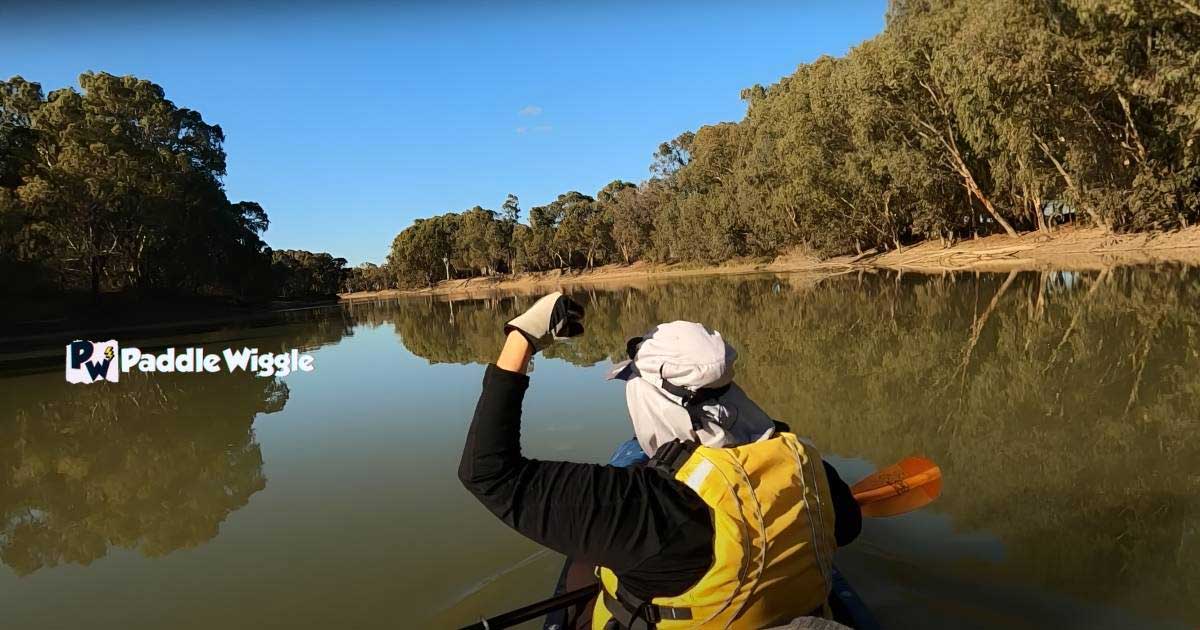

The amount of calories burned during kayaking is influenced by your weight. The more you weigh, the more calories you are likely to burn during kayaking.
For example, a person weighing 125 pounds can expect to burn around 300 calories per hour during recreational kayaking, while a person weighing 185 pounds can burn around 444 calories per hour.
Intensity Of Your Paddling
The level of intensity of your paddling also influences the number of calories you burn. The harder you paddle, the more calories you are likely to burn.
A moderate-intensity kayaking session can help you burn around 400 calories per hour, while a high-intensity session can help you burn up to 600 calories per hour.
Type Of Kayak
The type of kayak you use can also influence the number of calories you burn. A heavier kayak may require more energy to paddle, resulting in more calories burned. On the other hand, a lighter kayak may require less energy to paddle, resulting in fewer calories burned.
This can also affect the amount of resistance you experience while paddling, which can affect calorie burn. For example, a sit-on-top kayak provides less resistance than a sit-in kayak, resulting in fewer calories burned.
Water Conditions
The type of water you’re paddling on can also affect the number of calories burned. Paddling against the current or wind may require more energy, resulting in more calories burned. For example, kayaking in calm water can help you burn around 300 calories per hour while kayaking in rough water can help you burn up to 500 calories per hour.
Paddling Speed
The speed at which you kayak can also affect the number of calories you burn. Paddling at a slower speed requires less energy, resulting in fewer calories burned. On the other hand, paddling at a faster speed requires more energy, resulting in more calories burned.
For example, kayaking at a leisurely pace of 3-5 miles can help you burn around 300 calories per hour while kayaking at a moderate pace of 5-7 miles can help you burn around 400 calories per hour.
Time And Distance
The distance you kayak can also affect the number of calories you burn. Kayaking a longer distance requires more energy, resulting in more calories burned. For example, kayaking for an hour can help you burn around 300 to 500 calories, depending on the factors mentioned above.
Kayaking for two hours can help you burn twice that of recreational kayaking.
Resistance
The resistance created by the water can also influence the number of calories you burn during kayaking. The resistance can be affected by the type of kayak you use, the shape of your paddle, and the water conditions. Overcoming the resistance requires more energy and burns more calories.
Maximizing Calorie Burn During Kayaking
While kayaking is an effective way to burn calories, there are several tips you can follow to maximize your calorie burn during your kayaking sessions.
Increase Intensity
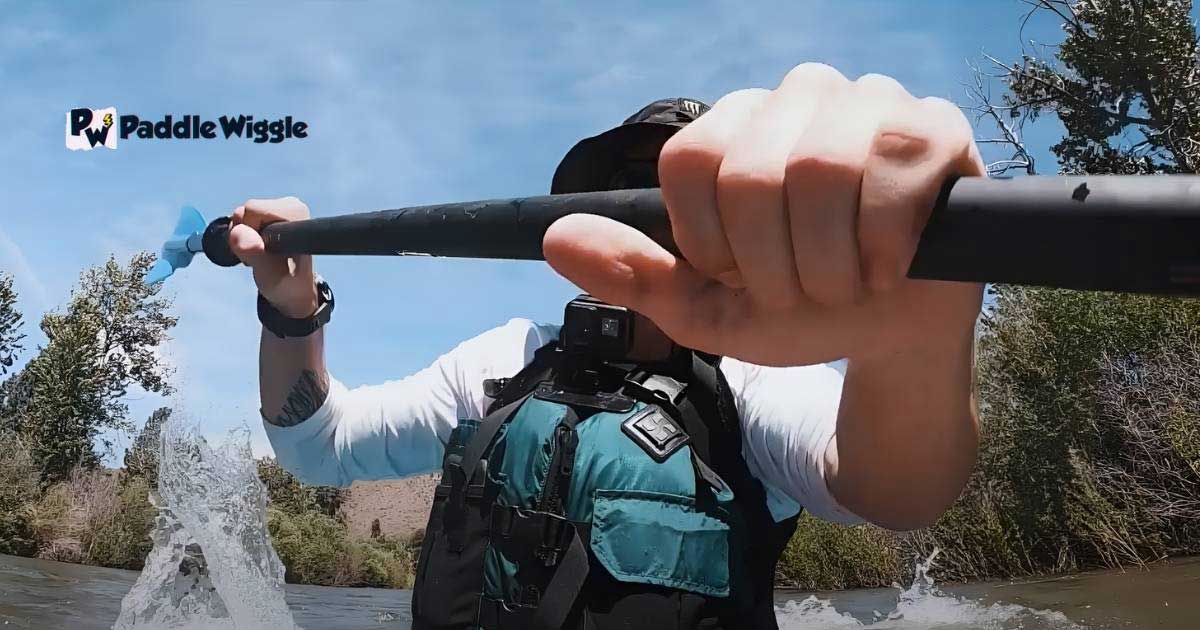

The harder you paddle, the more calories you’ll burn. To increase the intensity of your kayaking workout, try paddling faster, incorporating interval training, or paddling against the current.
Vary Your Stroke
Changing up your paddling stroke can help you engage different muscle groups and increase your calorie burn. For example, you can try a forward stroke, a reverse stroke, or a sweep stroke.
Choose Challenging Water


Paddling on challenging water, such as rapids or choppy ocean waves, can increase the intensity of your workout and help you burn more calories.
Use a High-Performance Kayak
Using a high-performance kayak can make your paddling experience more efficient and help you burn more calories. High-performance kayaks are designed to glide smoothly through the water, requiring less effort from the paddler.
By following these tips, you can maximize your calorie burn during kayaking and achieve your fitness goals more effectively.
Beginners Tips for Effectively Burning Calories by Kayaking
Kayaking is an amazing and enjoyable way to burn calories while improving your overall fitness. Here are some tips to help beginners get started with kayaking and maximize calorie burn:
Getting Started with Kayaking
Starting Slowly: If you’re new to kayaking, don’t rush into it. It’s better to start with a short, leisurely paddle on calm waters to get used to the motion of the kayak and build up your endurance gradually. This will help prevent fatigue and injury and allow you to enjoy your kayaking experience.
Wearing Proper Gear: It’s crucial to wear appropriate clothing and safety gear, such as a life jacket and a hat, to protect you from the sun. Additionally, investing in a good-quality kayak and paddle that fit you properly can make a huge difference in your kayaking experience.
Taking a Lesson: Consider taking a lesson or two from a professional instructor to learn the proper paddling technique and safety tips. This can help you avoid common mistakes and injuries and make your kayaking experience more enjoyable.
Adjusting Intensity and Duration for Optimal Calorie Burn
Varying Your Speed: To maximize calorie burn, alternate between paddling at a moderate pace and sprinting to increase your heart rate. This can help you burn more calories and improve your cardiovascular fitness.
Increasing Resistance: Paddling against the current or wind can increase the resistance and intensity of your workout, resulting in more calorie burn. This can be challenging but also very rewarding and can help you build endurance and strength.
Increasing Duration: Gradually increasing the duration of your paddling sessions can help challenge your endurance and burn more calories. However, be sure to listen to your body and take breaks when needed to avoid overexertion and injury.
Maintaining Proper Form and Technique
Sitting Up Straight: Maintaining good posture is essential for proper paddling technique and helps engage your core muscles for a more effective workout. It can also help prevent back pain and injury.
Using Your Whole Body: Using your arms, shoulders, back, and core muscles to power your paddling stroke can help increase calorie burn and improve overall fitness. It’s essential to use proper technique to avoid injury and get the most out of your workout.
Rotating Your Torso: Rotating your torso as you paddle can engage your oblique muscles and increase the intensity of your workout. This can help you burn more calories and improve your core strength and stability.
Final words
Kayaking is an awe-inspiring, calorie-burning, and impressive workout. The diversity and versatility of kayaking can cater to every taste and interest. It can be the exhilaration of whitewater kayaking, the soothing tranquillity of sea kayaking, or the unyielding challenge of fishing kayaking.
And you can burn up to 600 calories in an hour of kayaking. This makes it a captivating and effective way to achieve your fitness goals.

